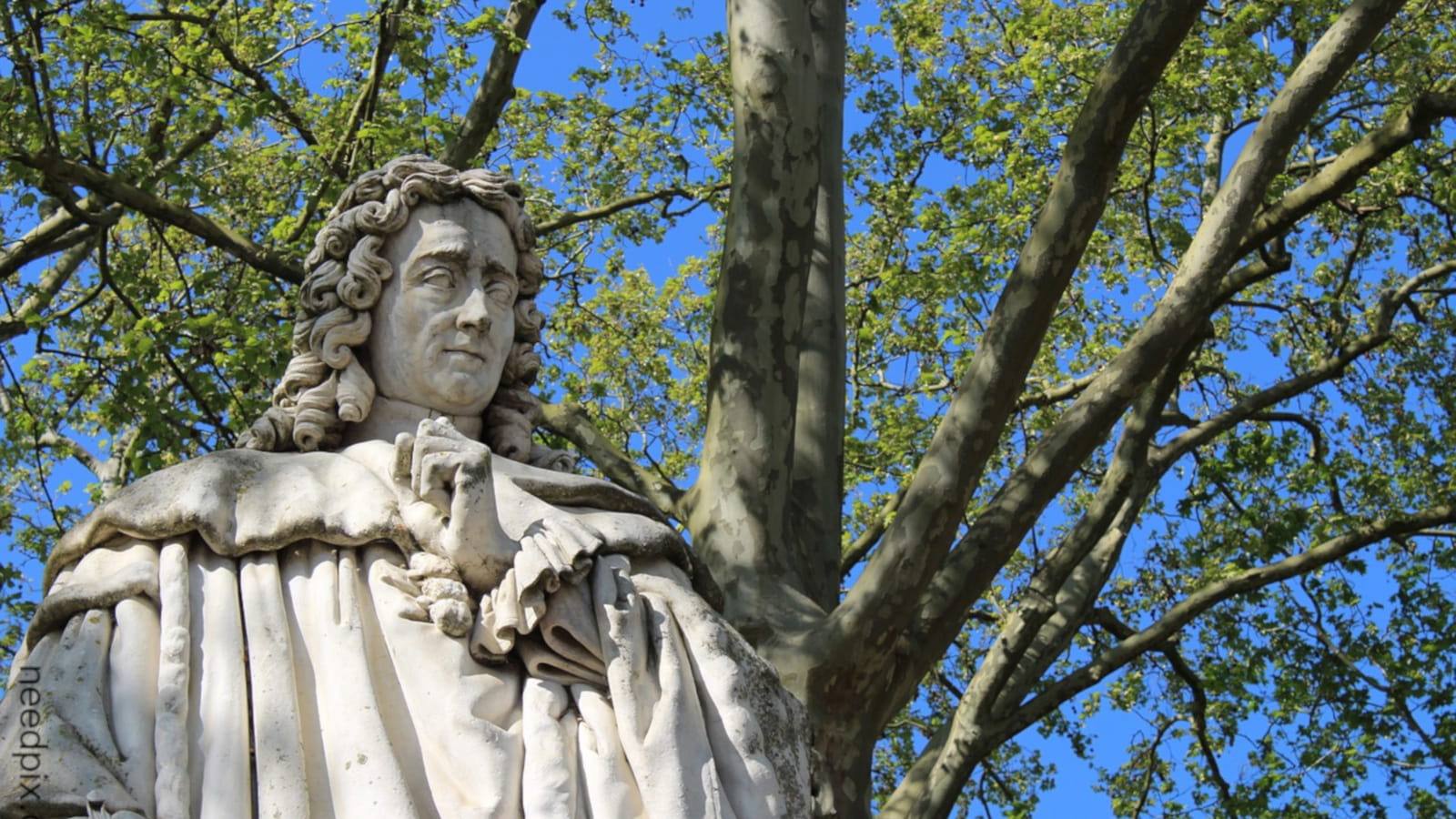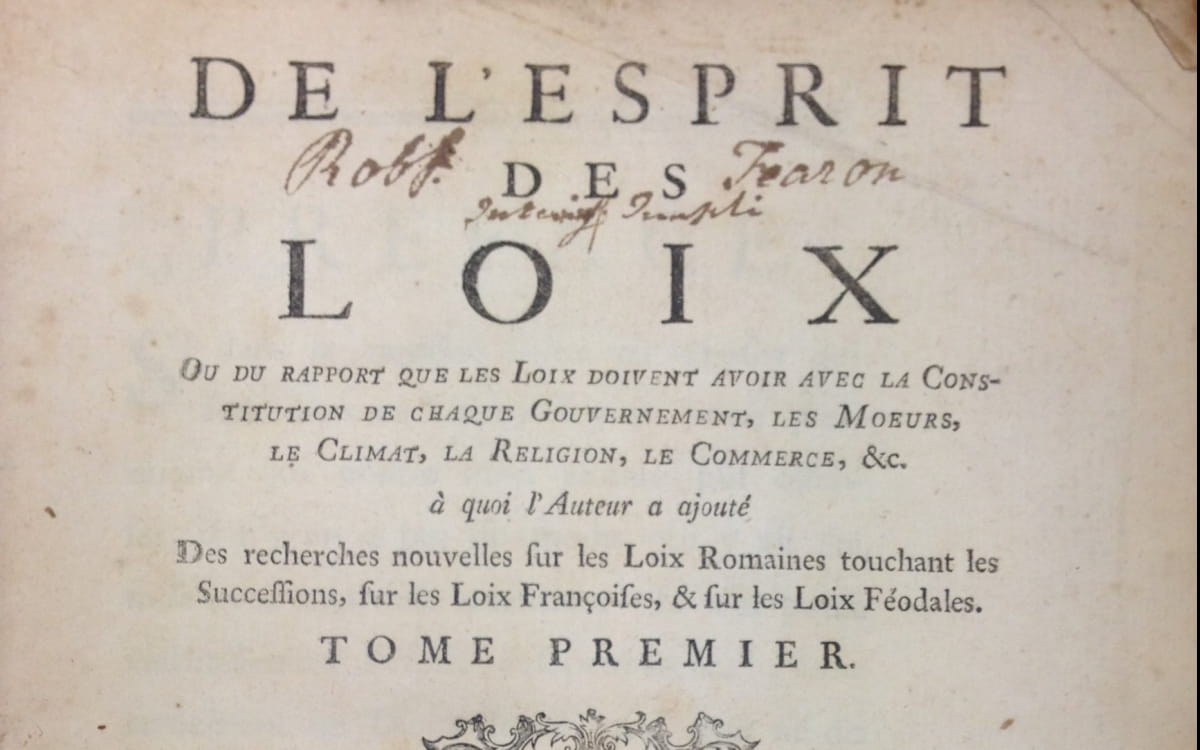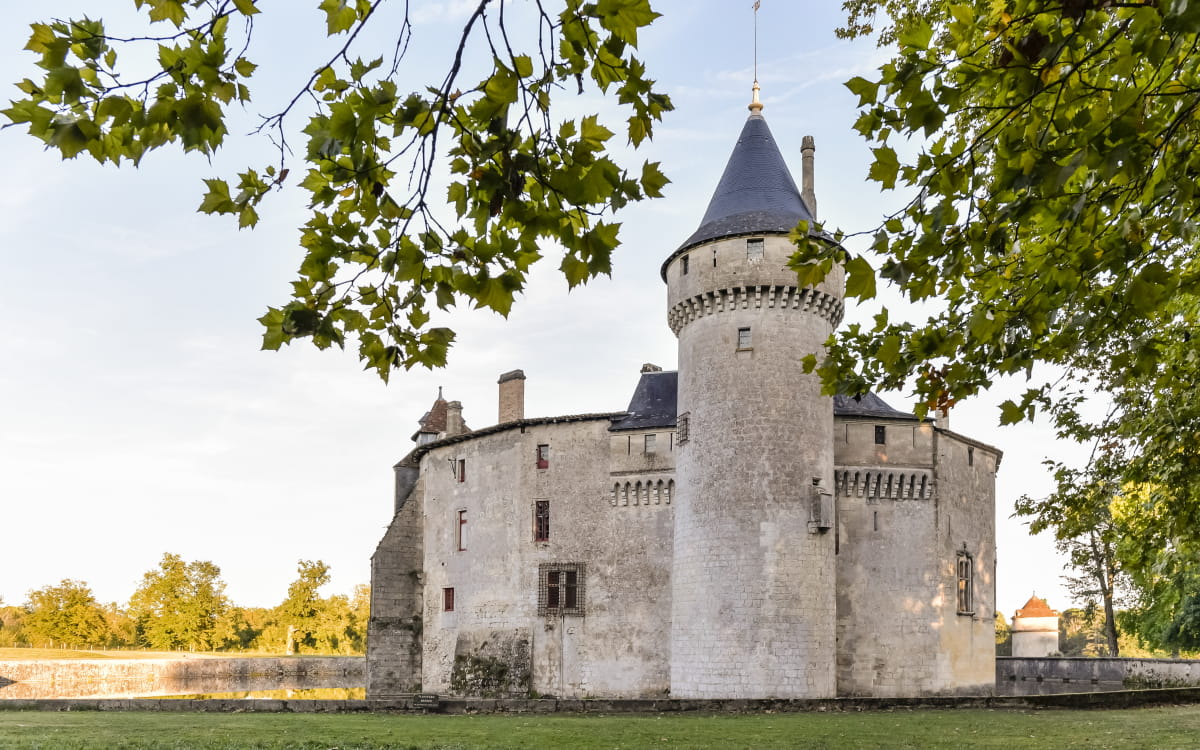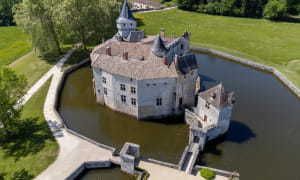
Montesquieu's spirit
Montesquieu was born in the Château de La Brède, which he became the owner on the death of his father. The spirit of the philosopher, author of the Persian Letters and De l'Esprit des lois, shaped the territory. He left his mark around the domain of the Barony of La Brède.
Charles Louis de Secondat, Baron de la Brède et de Montesquieu, known as Montesquieu, was born on 18th January 1689 in La Brède. He was baptised on the same day in the church of Saint-Jean-d'Étampes where the coat of arms and the plaque of the tomb of the de Montesquieu family can be found.
But did you know that the French political thinker, philosopher and writer of the Enlightenment was also a great landowner? On the death of his father and then his uncle in 1716, he inherited their numerous properties and in particular the barony of La Brède south of Bordeaux.
Montesquieu then devoted his wine-growing estate, which stretched all around the château, to the exploitation of the estate. He liked to walk through his vines and watch the bunches of grapes form and ripen. The man is also very attentive to the evolution of his production, which represents an important source of income.
Montesquieu, who had grown up until he was eleven years old in the Château de la Brède, returned to live there in 1731 after his stay in England. Inspired by the French parks and then the English gardens discovered during his travels, he decided to modify the park surrounding his castle.
The philosopher kept the original regular garden, but created a new English garden on another part of the park. In his opinion, it was time to leave nature in its original state, without human intervention. He wrote to Abbot Guasco in August 1744 that it was "a succession of landscapes (...) which open onto the countryside and invite one to look at it as an extension of the garden".
In his castle, he spent long hours writing his great works that combined history and political philosophy. De l'Esprit des lois, published in 1748, made him famous throughout the world.
The fortress built in the 14th century, surrounded by a water moat, retains a defensive architecture that blends Gothic and Renaissance styles. Inside, you can see Montesquieu's room, preserved in its 18th century state, and his library, whose books have been transferred to the Bordeaux municipal library.

Château of Rochemorin
Montesquieu wine estate in MartillacMontesquieu also lived in the Rochemorin property which was an outbuilding of La Brède. Montesquieu's family had annexed it by marriage to a descendant of the Lalande family, who had owned Rochemorin since 1079.
The fortress that stood here in the Middle Ages defended Bordeaux against attacks by Saracens from Spain. Montesquieu's father had the castle rebuilt and began to work the vineyard. Legend has it that the philosopher was in fact born in this house and that he settled there with his wife and three children, whom he visited very often.
Montesquieu's nanny's house
The village millerOn the façade of a house, a plaque written in Gascony recalls an episode in the life of Montesquieu. The principles of education, at the time, were harsh. Most noble and well-to-do families put their children in foster care. It was the same for little Charles who spent his first three years with the village miller.
Another fact illustrates the Spartan education given to the child: a few days after his birth, his parents had him held on the baptismal font by a poor beggar from the parish, "for the sole purpose of having his godfather remind him all his life that the poor are his brothers".






